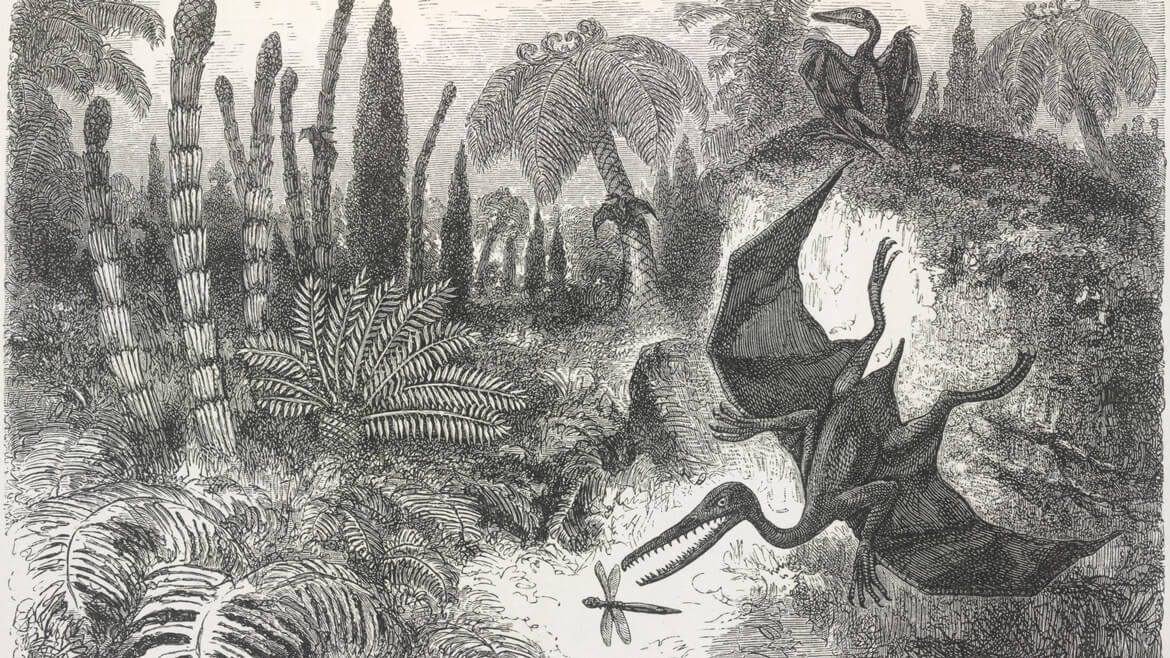‘Stranger Things’ or ‘Obi-Wan Kenobi’: Which Will You Watch?
Netflix and Disney Plus stream their big hitters May 27. CNET staffers make the case for Stranger Things or Star Wars. Are you Team Hawkins or Team Tatooine?
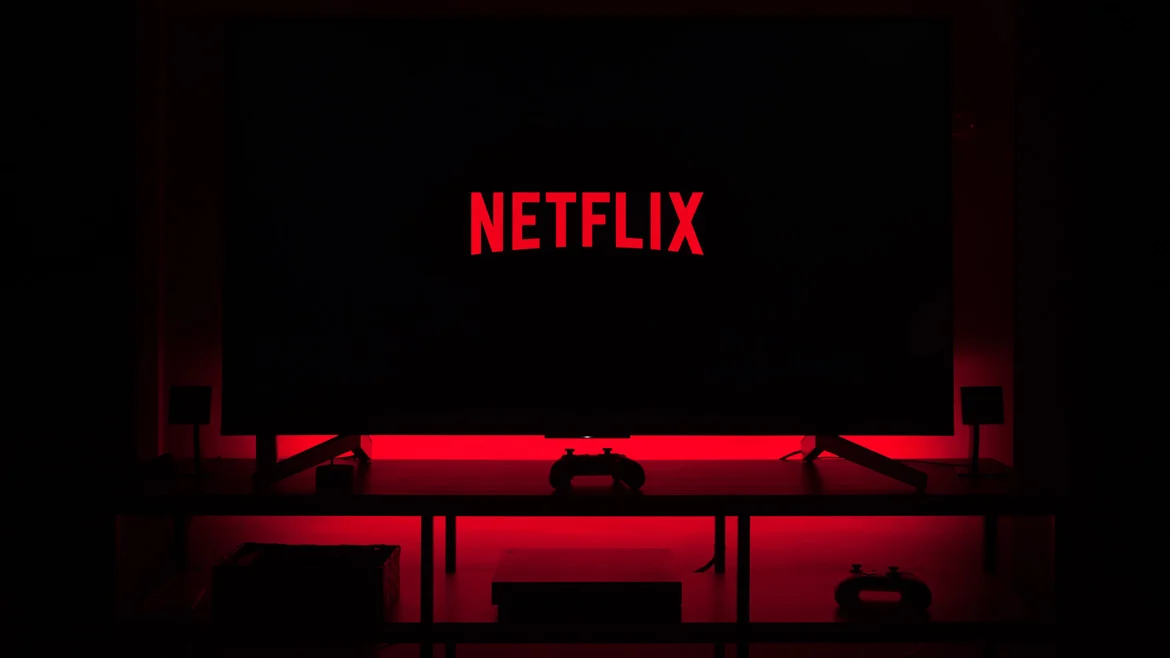
The next Star Wars TV show pits Obi-Wan Kenobi against his darkest enemy, Darth Vader. But that isn’t the only clash of titans on your screens right now. Rival streaming services Disney Plus and Netflix go head to head as the Obi-Wan Kenobi show and Stranger Things season 4 premiere on the very same day — today, Friday May 27.
Disney Plus hadn’t even debuted when Stranger Things launched on Netflix in July 2016. We’ve watched the kids from Hawkins, Indiana, tackle teen angst and Upside Down monsters in this ’80s-influenced monster hit. By contrast, Obi-Wan Kenobi sees Star Wars star Ewan McGregor pick up his lightsaber for the first time in 17 years. And it turns out both are pretty good — CNET’s Richard Trenholm calls Obi-Wan “assured, pacey and … most importantly, character-driven”, while CNET’s Gael Cooper says season 4 of Stranger Things is “the best one yet.” Decisions, decisions!
We asked CNET’s staffers which of these two sci-fi epics they’re most psyched to see. Which will you choose?
Hello there
Much as I love spending time in the neon glow of Stranger Things, I’m extremely eager to follow old Obi-Wan Kenobi on some damned-fool idealistic crusade. Star Wars is irresistible, McGregor has only gotten better in the years since Revenge of the Sith, and director Deborah Chow helmed some of The Mandalorian’s finest episodes.
I’d happily watch Obi-Wan just wander around Tatooine for six episodes, but it sure looks like he’ll have to show some Imperials who’s boss. It’s going to be epic.
Turn me upside down… again
I love Star Wars, but I’m more excited about Stranger Things. And before you boo me, let me explain. We know Obi-Wan will be fine. There’s no tension, danger or mystery about what’s going to happen to him. We already know he falls to Darth Vader aboard the Death Star so Luke and the crew can escape. Any tension or sense of danger within Obi-Wan’s show is undercut by the fact that we know how his story plays out.
The story of Eleven and the rest of our Hawkins gang, on the other hand, is a mystery. We can guess and speculate, but we don’t know. I want to be at least a little surprised about what happens. That’s what’s pulling me to Stranger Things.
A tough choice
That’s a tough choice. Both appeal to my Gen-X DNA. Modern Star Wars products feel so overwarmed and designed-by-committee that I can’t imagine anything surprising. From the trailers, Obi-Wan (the show) looks like The Book of Boba Fett, which looked like The Mandalorian, etc. Apparently space is… mostly desert.
Stranger Things does feel like it ran out of ideas after the first two seasons. Sometimes it’s OK to say: “We’ve done enough, we’ve told our story, let’s go out on top.”
I did go to the in-person Stranger Things Experience in NYC a few weeks ago, however, so maybe I’m all talk. Complaining and overanalyzing is a pivotal part of fandom, so that’s just my way of saying I’ll be watching both.
A celebration
I am really excited to watch both of these shows at some point, but Obi-Wan will absolutely be coming first, and really for me it comes down to timing. Stranger Things was one of the first horror-adjacent things I could watch with my kids, one of which is now deeply happy to sit and enjoy anything spooky. And the recent teases that this next season is going to lean darker really has me curious. But as I write this, I’m double-checking the pieces of my Jedi robes I’ve spent the last month assembling for the Star Wars Celebration convention happening on the same day as the release of Obi-Wan. So, obviously, that’s going to be something I’ll need to watch first to avoid any spoilers at the con.
Help me, Obi-Wan
This is probably sacrilege, but Stranger Things has never really done anything for me. Right from the start, I didn’t have much emotional connection to those 1980s retro touchstones like The Goonies or Dungeons & Dragons. Maybe I’m missing out, but I haven’t watched it since the first season.
But Ewan McGregor with a lightsaber? That is extremely my jam. Star Wars TV shows have been a mix after the excellent Mandalorian and the plodding Book of Boba Fett, but Obi-Wan is a character who just exudes that big-screen Star Wars magic. In my mind, the franchise is crying out for some of that energy. And if the first episodes aren’t so great? Top Gun: Maverick is in theaters this weekend, and that’s a lot of fun.
It's pulling us in!
Given the history, I am 100% sure that Stranger Things will be a better season of television. Besides a few dud episodes, the Duffer brothers have barely put a foot wrong with what has ultimately become one of the most influential TV shows in the short history of streaming television. I’ve loved Stranger Things with every fiber of my being.
But unfortunately, Star Wars is Star Wars. Like a decaying draugr, ambling awkwardly in the direction of brains, fate has decreed I must flay myself once more at the altar of George Lucas. Like most long-term Star Wars obsessives, I’m duty bound to watch this show the second it drops. Also like most Star Wars fans, I’m duty bound to complain about it online.
I fully expect that Obi-Wan will be disappointing and underwhelming, but I will be there from day one, desperately hoping to be “whelmed.”
My Solution to Lost AirPods:The AirTags U1 Chip
Commentary: AirTags plus AirPods should equal a lot less frustration.
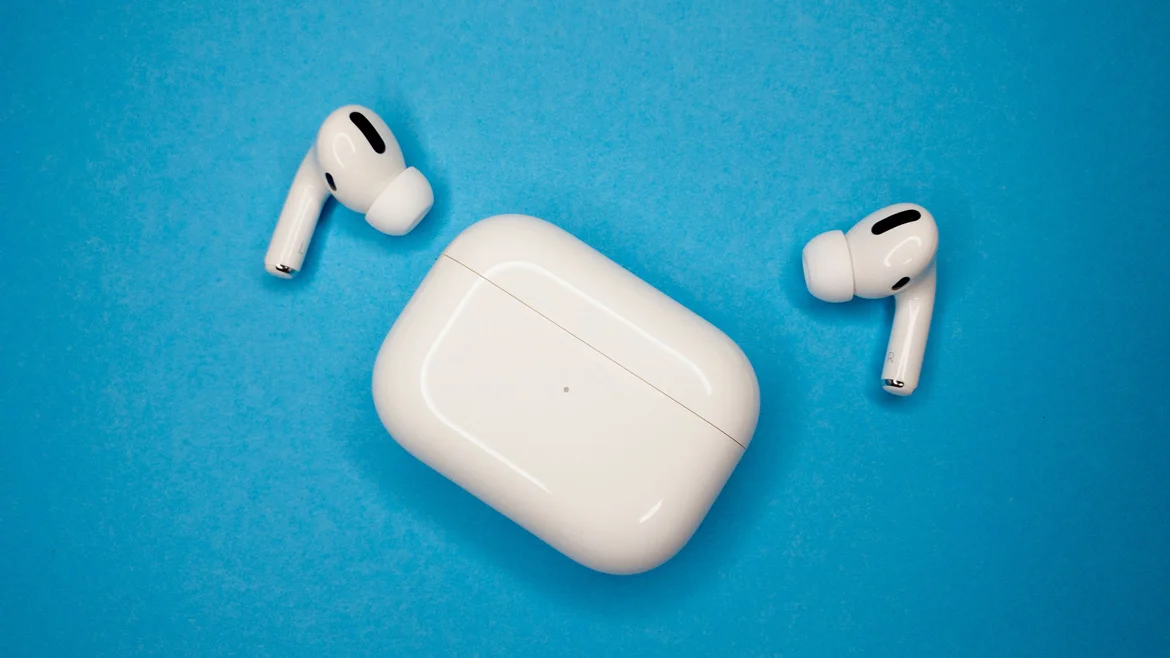
The points of praise for Apple’s AirPods and AirPods Pro are easy to find: simple pairing with Apple devices, solid battery life, lightweight case, good mic performance for calls. Even the design, once ridiculed, has aged well and no longer looks out of place.
One thing that’s really bad, though, is how hard it is to find these small white buds or their pocketable case when they are inevitably lost.
As someone who has been an AirPods and AirPods Pro user for years, I can’t count how many times I’ve misplaced my buds. I’m not a particularly forgetful person and would like to think I do a fine job keeping track of my devices, in general.
AirPods, however, are just a different animal, as I experienced yet again on Thursday morning. I completely forgot where I left them, so I opened the Find My app on my iPhone 13 Pro Max, thinking I could ping them.
Mistake No. 1: Apple’s Find My App is great for finding missing iPhones, iPads, Macs or AirTags. It can be horrendous for finding AirPods.
The app showed that they were in my apartment, which was certainly reassuring as it meant I didn’t lose them while walking to play basketball at a nearby gym the night before. (Apple does have a “notify when left behind” feature that’s nice, but not applicable to my situation.) At times, though, that is the only bit of useful information the app provides.
Tapping “play a sound” did nothing as AirPods in the case can’t always play audio — and it can be incredibly hard to hear when they do. Apple has a “Find Nearby” option for AirPods, but that can be similarly worthless for finding encased buds since the connection to other devices isn’t consistently active.
If one bud is lost, this actually can be useful as it uses Bluetooth, so it can help guide you in the right direction and the sound played from the AirPods is noticeably louder. In this instance, however, not so much. Unlike with the iPhone, iPad, AirTags, Apple Watches or the Mac, Apple’s Find My app also doesn’t show a battery life indicator for AirPods… so you have no idea how much charge remains before even those hints disappear
I spent over an hour and a half turning my apartment inside out trying to find them. I searched through boxes, checked every pocket, looked inside the couch cushions, lifted said couch and emptied out my laundry bag. Nothing.
After giving up all hope and stepping away from searching to do some work, they miraculously reappeared under the couch as I was putting the room back together.
Read more: 10 AirPods Pro Tricks You Should Be Taking Advantage of Every Day
While my latest episode had a happy ending, looking through Twitter I see I am far from alone in losing Apple’s earbuds. A cursory search for “lost AirPods” finds countless examples of others sharing similar frustrations.
What you need is U1?
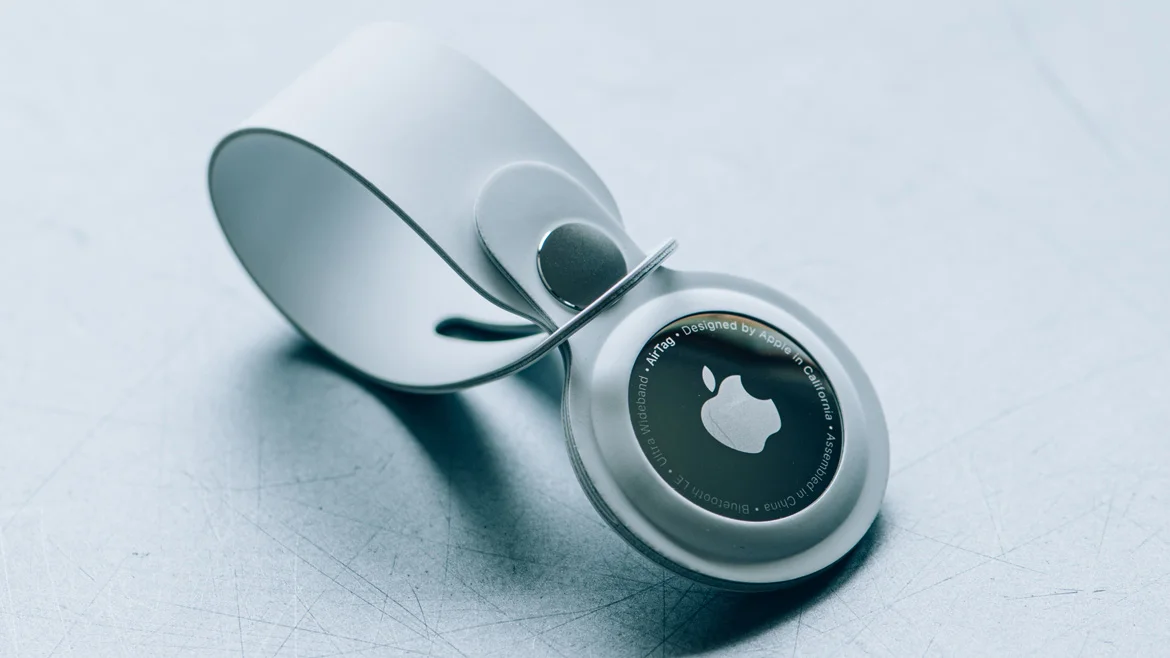
As rumors persist that Apple has a new version of AirPods Pro in the works for late 2022, I have a simple request: Apple, please put a U1 chip inside them so we can find the damn things more easily.
Found in its AirTags, the U1 chip uses a technology known as ultra wideband (UWB) that allows for what Apple has called “precision finding.” This is how AirTags not only let you know if something is nearby but also show an arrow pointing you in the right direction and show how many feet away the AirTag is if you have a compatible iPhone (an iPhone 11 or later, excluding the iPhone SE 3).
As my colleague Stephen Shankland has noted, UWB can calculate locations to “within less than a half inch by measuring how long it takes super-short radio pulses to travel between devices.”
As anyone who has ever misplaced AirPods could likely attest, this would be a world of improvement better than Apple’s current system for finding AirPods. Throw in the ability to work on the company’s Find My network, and lost AirPods left behind in a park or on a bus might no longer be gone forever.
Yes, I know there are some third-party cases that allow you to attach an AirTag to your AirPods, but it’s time to go a step further. Add this chip into the AirPods charging case and finding missing headphones will become so much easier. If Apple can somehow squeeze a version of this technology into the actual buds, all the better, but at the very least start with putting one in the case.
When Apple first introduced the U1 chip with the iPhone 11, it teased that the technology was “going to lead to amazing new capabilities.” This may not qualify as new, but putting the chip into AirPods would certainly, to me at least, be amazing.
Pixel 6A vs. Pixel 5A With 5G:What Specs Are Changing
Google's more affordable Pixel 6A borrows a lot from the pricier Pixel 6.
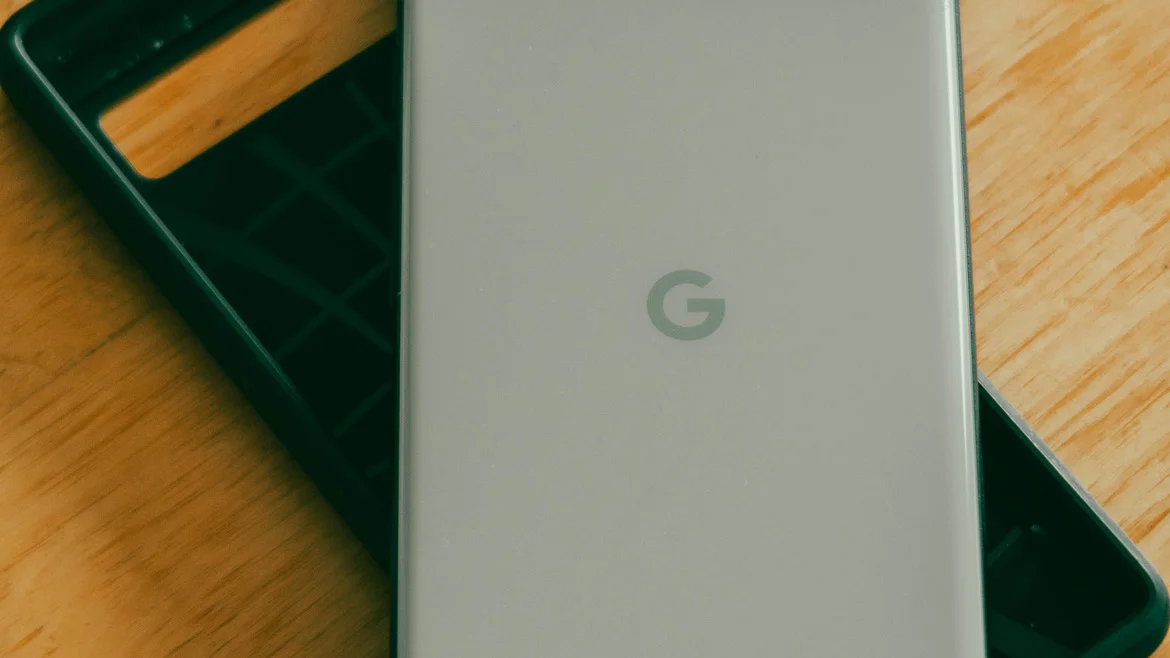
Google’s Pixel 6A is here, and it represents a change from last year’s Pixel 5A with 5G in just about every way. It has a new design inspired by the beautiful Pixel 6, a smaller screen, Google’s Tensor processor and camera features like Magic Eraser, which debuted on the Pixel 6. Preorders have begun, with the phone hitting stores on July 28.
Here’s a closer look at the biggest differences between this year’s Pixel 6A and its predecessor.
Screen and design
As expected, Google is once again having its A-series borrow the design of its latest flagship Pixels. The Pixel 6A is smaller than not just the Pixel 6 and 6 Pro, but also more compact than the 5A with 5G. Compared to last year’s device, the Pixel 6A sports a 6.1-inch screen versus the 5A with 5G’s 5.34-inch display.
Both displays are OLED and use Corning’s Gorilla Glass 3 cover glass. The Pixel 6 uses the new Gorilla Glass Victus. The 6A does sport an improved contrast ratio of over 1 million to 1, as well as a “high brightness mode.” The latter two features seem to be brought over directly from the Pixel 6 line.
The front camera on the 6A is now centered, a departure from the upper-left corner placement of the 5A. Also in line with the 6 series is a rear design that features a camera bar. Though after looking closely, this camera bar seems to be a hybrid between the Pixel 6 line and what seems to be coming in the fall with the Pixel 7 that Google also teased at its IO developer conference.
Both the Pixel 5A and 6A are IP67-certified for water and dust resistance. The 6A drops the 3.5mm headphone jack that was present on the 5A with 5G but does move its fingerprint sensor beneath the display. Neither device supports wireless charging, however.
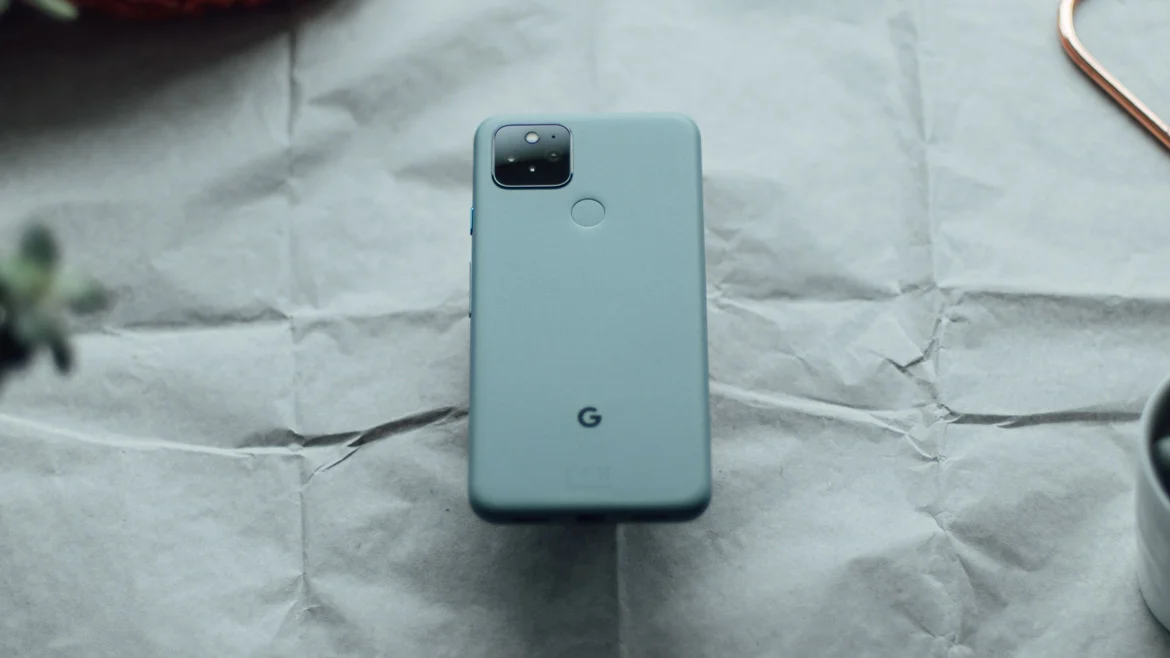
The Pixel 6A runs on Google’s Tensor processor.
Processor, 5G and storage
As one might expect, Google’s newest Pixel runs on its Tensor silicon, the same chip that powers the 6 and 6 Pro. Last year’s Pixel 5A with 5G used Qualcomm’s Snapdragon 765G processor.
Both phones have 6GB of RAM and 128GB of storage, though the Pixel 6A’s LPDDR5 RAM should be more power-efficient, and its storage is UFS 3.1, which could have some performance improvements.
Both phones support 5G. We should add that it appears that only Verizon’s Pixel 6A will support millimeter-wave 5G (which is only available in parts of certain cities, stadiums and airports around the country). If you want that device it will run you $500 from the carrier, a $50 premium compared to the regular Pixel 6A that is sold unlocked directly by Google.
Camera
On paper, the Pixel 5A and 6A share largely similar camera setups. Both main shooters are 12.2-megapixel dual-pixel main lenses with f1.7 aperture and 77-degrees field of view. Google touts the main sensor on the 6A as being a wide lens.
The ultrawide on the 6A is also 12 megapixels, a change from the 16-megapixel ultrawide on the 5A with 5G. As for the front shooters, both are 8 megapixels, though the 6A has an ever-so-slightly larger field of view (84 degrees versus 83 degrees on 5A with 5G).
The biggest changes, however, seem to be in software. Google is giving the 6A a number of the big camera upgrades it bestowed on the 6 line last year, including the “Magic Eraser” for removing people or objects from photos, “face unblur” which should help keep faces visible even when people are moving, and “Real Tone” for accurately capturing skin tones.

